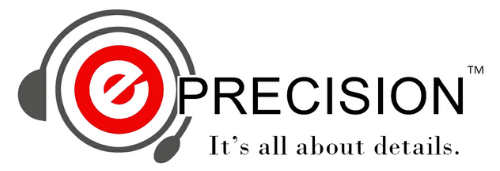
The Benefits of Coding for SEO
You could be tempted to concentrate your efforts on the search engine results page (SERP) when attempting to advertise your company online. While it’s true that many people use Google or Bing to find what they’re looking for, the majority of individuals never even reach those sites. Instead of going to the main pages of these websites, they search on Google or Bing and then click on an advertisement or a link from another website. As a result, you must comprehend SEO code best practices and how they may enhance your SEO strategy if you want your site to appear in search results as frequently as possible and profit from greater visibility.
Your Website in Code Writing computer programs is a process known as coding.
Websites and software are made using coding, a talent that may be learnt. Understanding how the internet functions will help you better grasp how to optimize your website for search engines.
This is your chance to learn more about how websites are created, if you’ve ever been curious. In this tutorial, certain fundamental HTML tags are examined, and their functions are explained in simple terms—no fancy jargon necessary!
Build a sitemap.
All of the pages on your website, together with their URLs and other details, are listed in a sitemap. Search engines can identify and index your content, which is helpful, but it also benefits internal links.
In order to create a sitemap, first you need to decide what information should be included in it:
- All of your website’s page URLs (you can manually enter these or use an XML generator program like Google’s Search Console Sitemaps Generator).
- Information indicating whether these pages are dynamic or static (dynamic pages change regularly; static pages don’t change frequently), so Google will know how frequently to crawl them.
- -If possible, a description for each page
Employ website analytics
You can learn more about your website’s performance using technologies called website analytics. They could inform you about things like:
the number of visitors to your site, their origin, and what they do after arriving.
What pages on your website are often visited by visitors, what search terms they use to find those sites, and which pages receive the most traffic (and hence, require the most care)?
Website analytics give you the ability to identify what functions effectively on your site and repeat it across the internet (also known as “content marketing”) or improve it to boost conversions, sales, etc.
Improve Your Meta Descriptions and Title Tags
Important website components that can aid you with SEO are title tags and meta descriptions. Let’s look at how they operate and what you ought to be doing with them because they are likewise simple to miss.
Title Tags
The most significant element of each page is the title tag. This is so that if a user clicks on one of these search results and they are looking for something similar to your site or content, they will land on one of your pages! Here, it’s important to make sure that each piece of content has a distinctive title tag (for instance, “Why Coding Can Help Your SEO” as opposed to “Why Coding Is Great”). In other words, more people will become aware of all the wonderful advantages that coding has to offer! This guarantees that Google understands which page matches with each search query so they can direct traffic where it’s most needed!
Meta Descriptions
The meta description of a website is crucial for SEO as it can significantly enhance search engine rankings. The meta description functions as an ad text, serving as resemblance between the organic coding and search engine rankings for keywords. A well-crafted meta description can provide a concise summary of entertaining users by using the page’s target keywords in nimble and natural language to encourage them to click through. Additionally, SERPs frequently exhibit meta descriptions, and search engines like Google use bold keywords in their description displays to entice users. Hence, on-page SEO must include meta descriptions to drive website traffic, which can lead to improved click-through rates and higher search engine rankings.
XML Sitemaps should be created for Google and Bing.
Site maps are used by Google and Bing to crawl your website, as you’ve probably heard. A list of all the pages on your website, along with their accompanying URLs and names, can be found in an XML site map file. You must make one for each engine so they can quickly find all of your material.
Users of WordPress can generate an XML sitemap by selecting “Tools” -> “Options” -> “Search Appearance” and then clicking on the “XML Sitemaps” tab in the window’s upper right corner.
If you don’t want to utilize a program like WordPress or Joomla!, use the manual technique.there are further methods as well!
